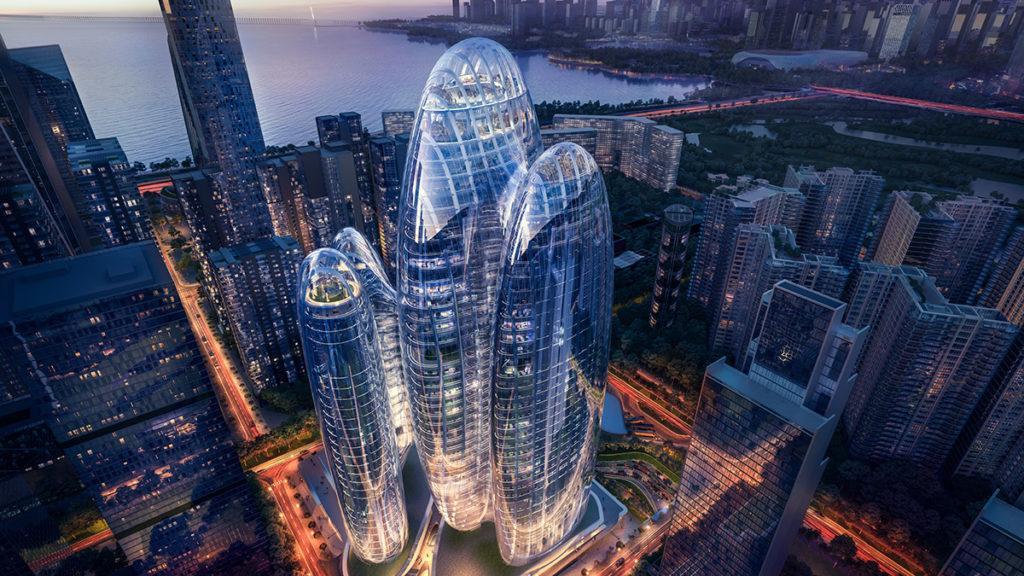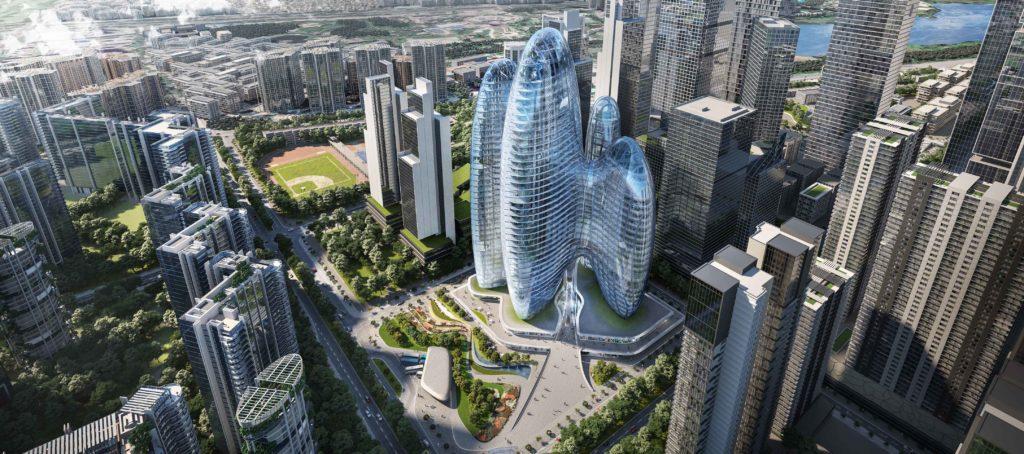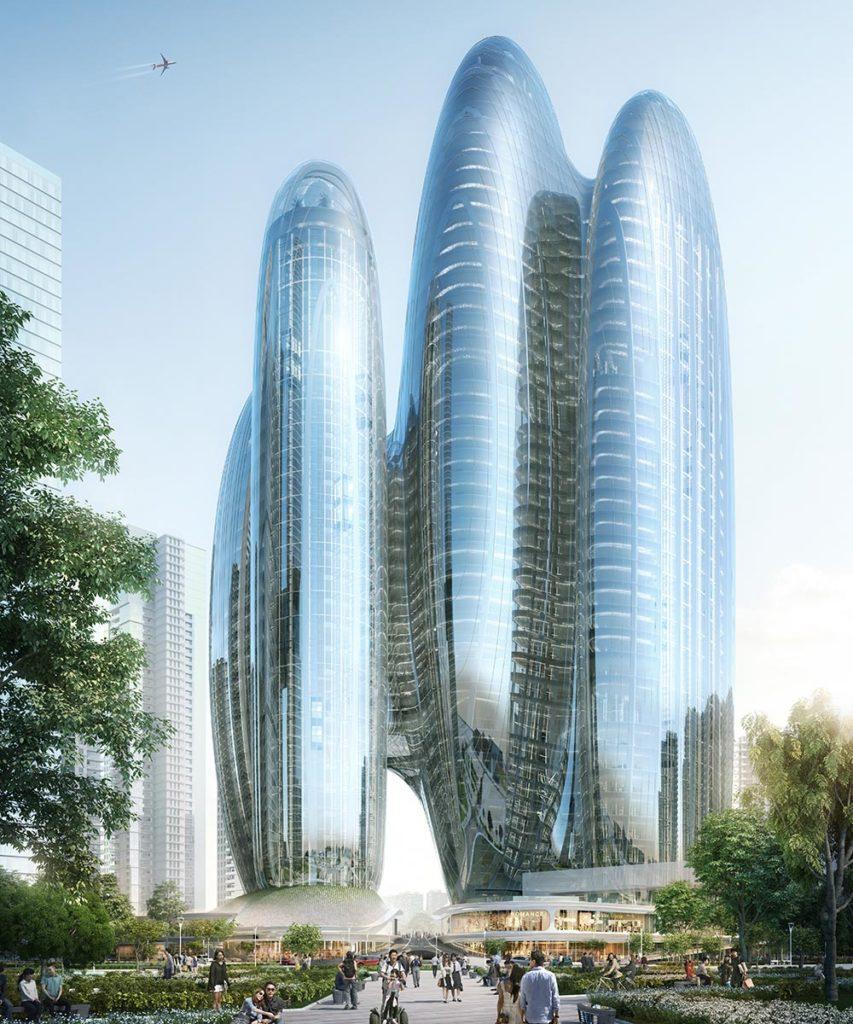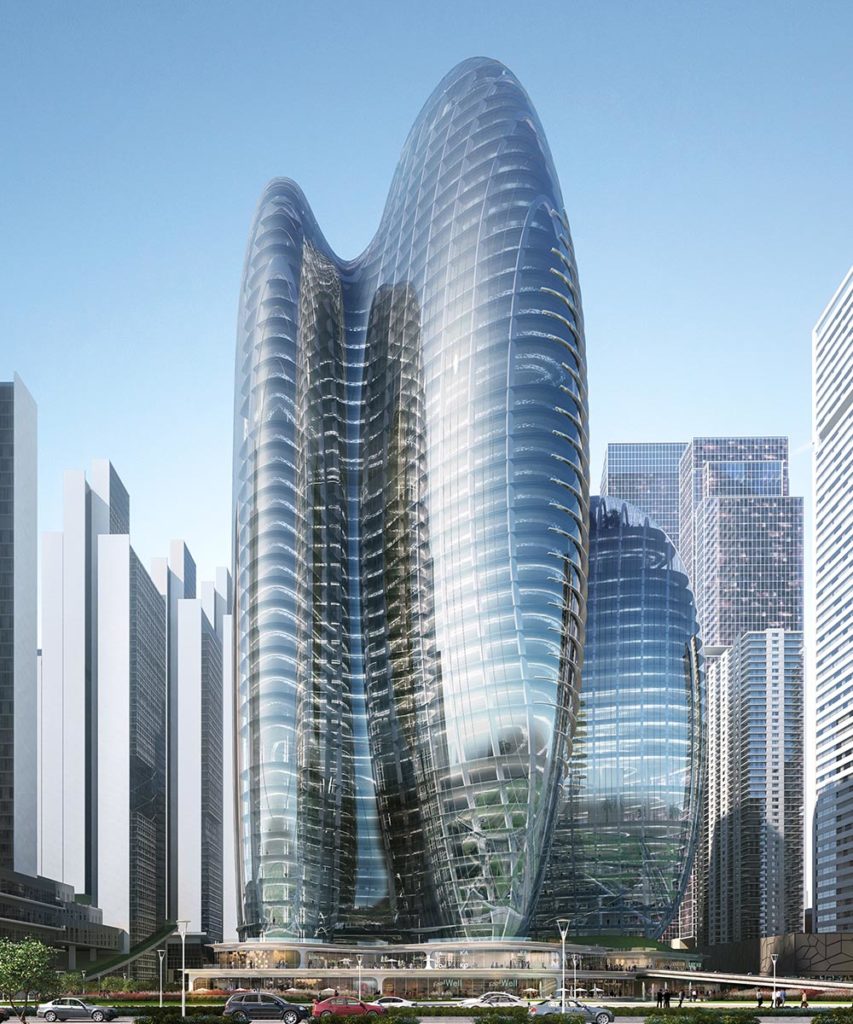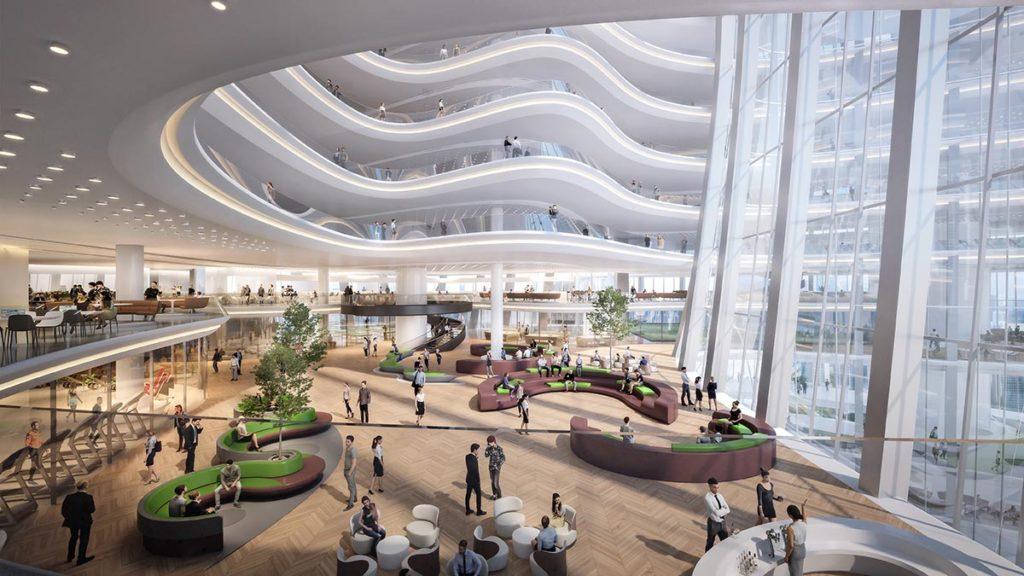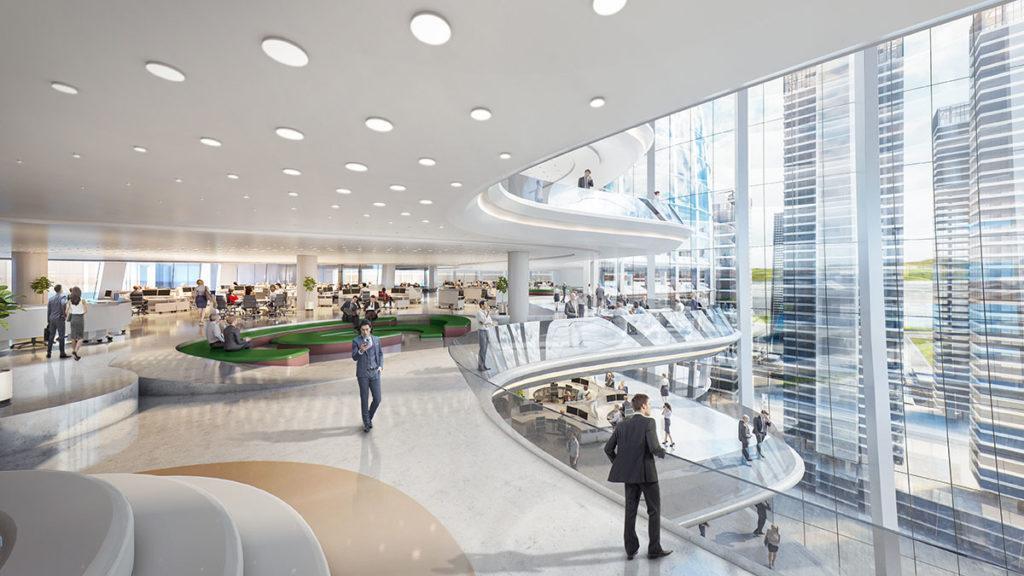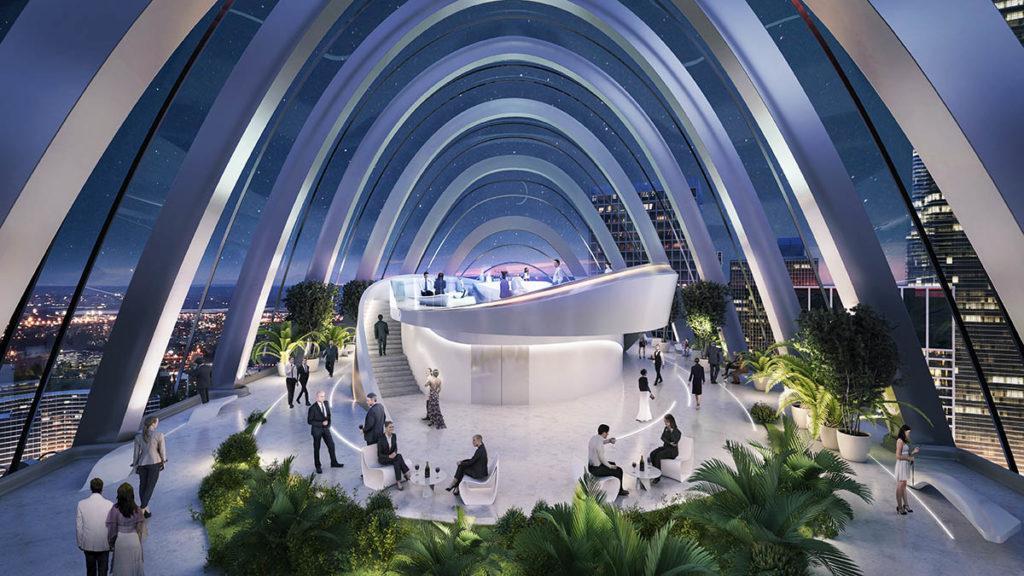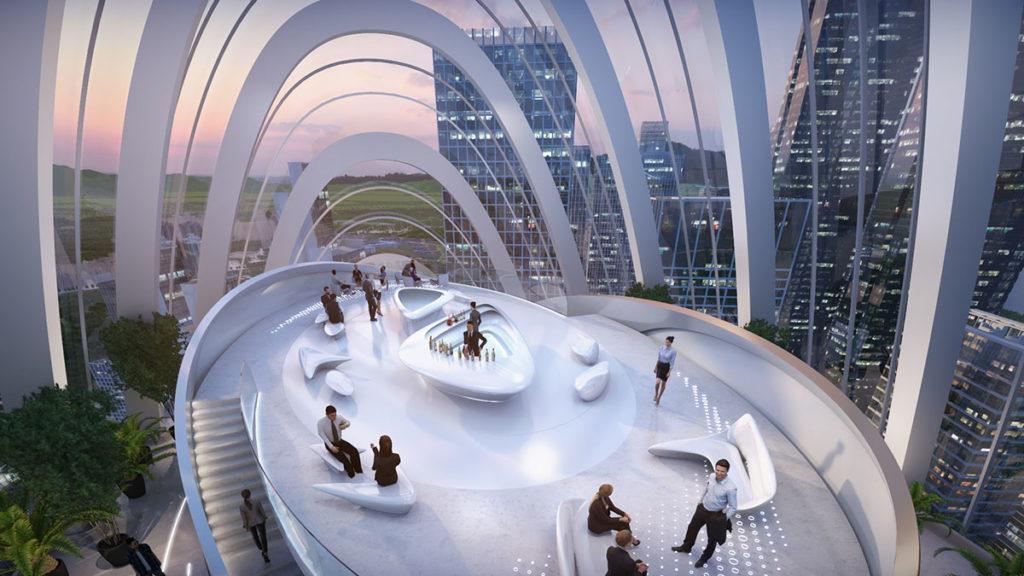Zaha Hadid: China calling!
Even though the late Zaha Hadid passed away four years ago, her architectural genius lives on thanks to her successor, Patrik Schumacher. Zaha Hadid Architects was recently awarded a mega project for Chinese mobile phone manufacturer OPPO.
Have you ever taken a closer look at an OPPO? We’ll be a bit cheeky here and assume that you know just as little about the company as we did when we set out to research this article. So we went ahead and did some googling, and this is what came up!
What is OPPO?
OPPO is a Chinese telecommunications company that launched its first smartphone in 2012 and by 2016 had rapidly risen to become the largest manufacturer of intelligent devices in China. OPPO currently ranks as the fifth-largest company of its kind in the world and, by all appearances, has now set its eyes on the European market. Last year, the Chinese smartphone giant launched its Reno 2 model in Germany, Switzerland and Austria. But it appears that they did this in “silent mode” because nobody really seems to have taken much note of them in Europe.
The actual name of the manufacturer is: Guangdong OPPO Mobile Telecommunications Corp., Ltd. Oppo is represented in 40 countries, maintains ten research centres and has over 40,000 employees. Currently OPPO is the fifth largest mobile phone manufacturer in the world.
But that relative anonymity in the West could change radically now that the company, which has a workforce of 40,000, has opted to rely on European architectural design expertise for its new head office in Shenzhen. The smartphone manufacturer recently announced that the building will be realized by Zaha Hadid Architects. This renowned architectural firm, which since Zaha Hadid’s death has been managed by her designated successor, Patrik Schumacher, was selected following an international competition. The ground-breaking ceremony for the 185,000-square-metre complex is scheduled for 2025.
A worthy successor to Zaha Hadid
Over the next five years, Schumacher’s team of architects will refine the current draft design to the point that it can actually be realized. Very little is known about the details of these ambitious plans, but what we do know about the mobile phone giant’s project is enough to make your head spin.
Plans call for four interconnected towers, the tallest of which will soar to a height of 200 metres. That works out to 42 storeys! The buildings will each serve their own distinct functions within the OPPO corporate structure. While the two largest towers are destined to accommodate the head office and research facilities, the other two are primarily intended for external service providers and service units.
But all four towers will have breathtaking views of scenic Shenzhen Bay. This is the focal point of the entire Hadid concept. The glass fronts of all four buildings are oriented to maximize the vistas of the bay. Furthermore, a huge atrium on the 10th floor will extend through all of the buildings and provide a spectacular view of the bay.
A visionary design
Unsurprisingly, Schumacher and his team have dubbed this area the Sky Plaza. It is designed to provide employees, residents and visitors with a diverse range of food, recreational activities and entertainment. And, as if that weren’t enough, the architects have included a rooftop feature that they call the Sky Lab, at a dizzying height of 200 metres. Here the view of the entire city is what it’s all about. A bar has been added to invite people to linger and enjoy the atmosphere.
But it’s not just about the view. Hadid’s successors have also focused on creating an inspiring interior design. Wherever the windows don’t happen to provide a direct view of the bay, the bay will flood the building in a figurative sense: vast atrium spaces connect the different floors and are continuously bathed in natural light from the bay thanks to a sophisticated system of shafts. “The abundance of natural light, varied working environments and the diversity of routes for staff and visitors to move through the building are all conducive to creative engagement and spontaneity,” Schumacher says in an initial press release.
Light as creative inspiration
At the same time, the ground floor area of the four towers will be open not only to OPPO employees, but also to the general public. Aside from serving as a new and inspiring company head office, the architects see the building as a key development in the city’s urban planning.
The plan includes a forecourt designed by landscape architects, an art gallery, shops, restaurants and a direct connection to the adjacent station of the Shenzhen metro network. It goes without saying that the entire concept is green and environmentally friendly.
The abundance of natural light, varied working environments and the diversity of routes for staff and visitors to move through the building are all conducive to creative engagement and spontaneity.
Patrik Schumacher, Principal at Zaha Hadid Architects
But let’s not forget about the company’s product: according to test reports, OPPO smartphones are actually quite good. With retail prices ranging from 400 to 900 euros, they don’t exactly come cheap, but they can hold their own with leading brands on the market. Here in Germany their phones are currently almost exclusively available from online retailers.
But will that change with construction of the new company head office? Whether you happen to use an iPhone, a Samsung or an OPPO, you’re sure to hear more about this Chinese smartphone giant. It is bound to make headlines at the latest when the building is opened.
Text: Johannes Stühlinger
Translation: Rosemary Bridger-Lippe
Images: Zaha Hadid Architects
